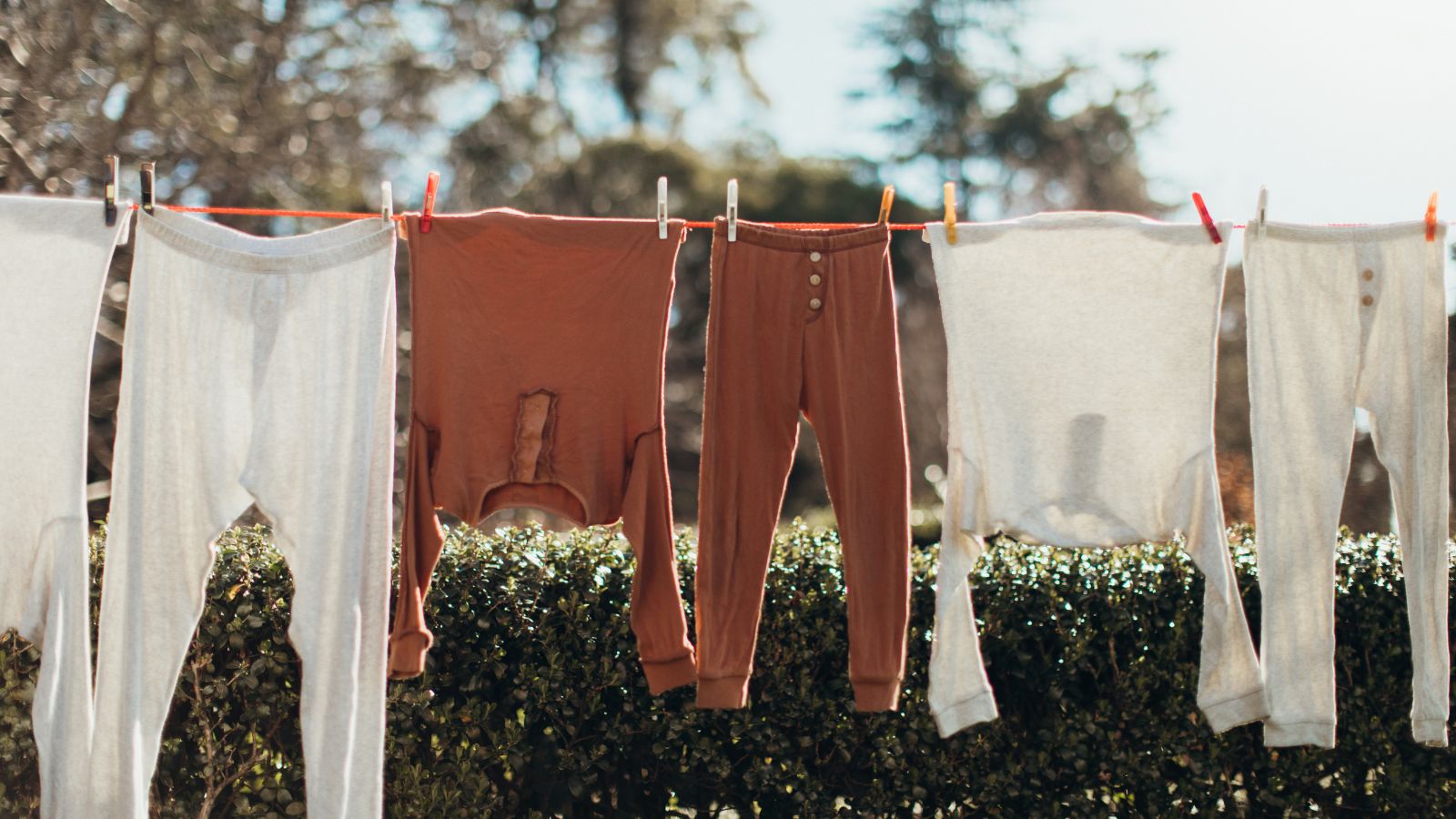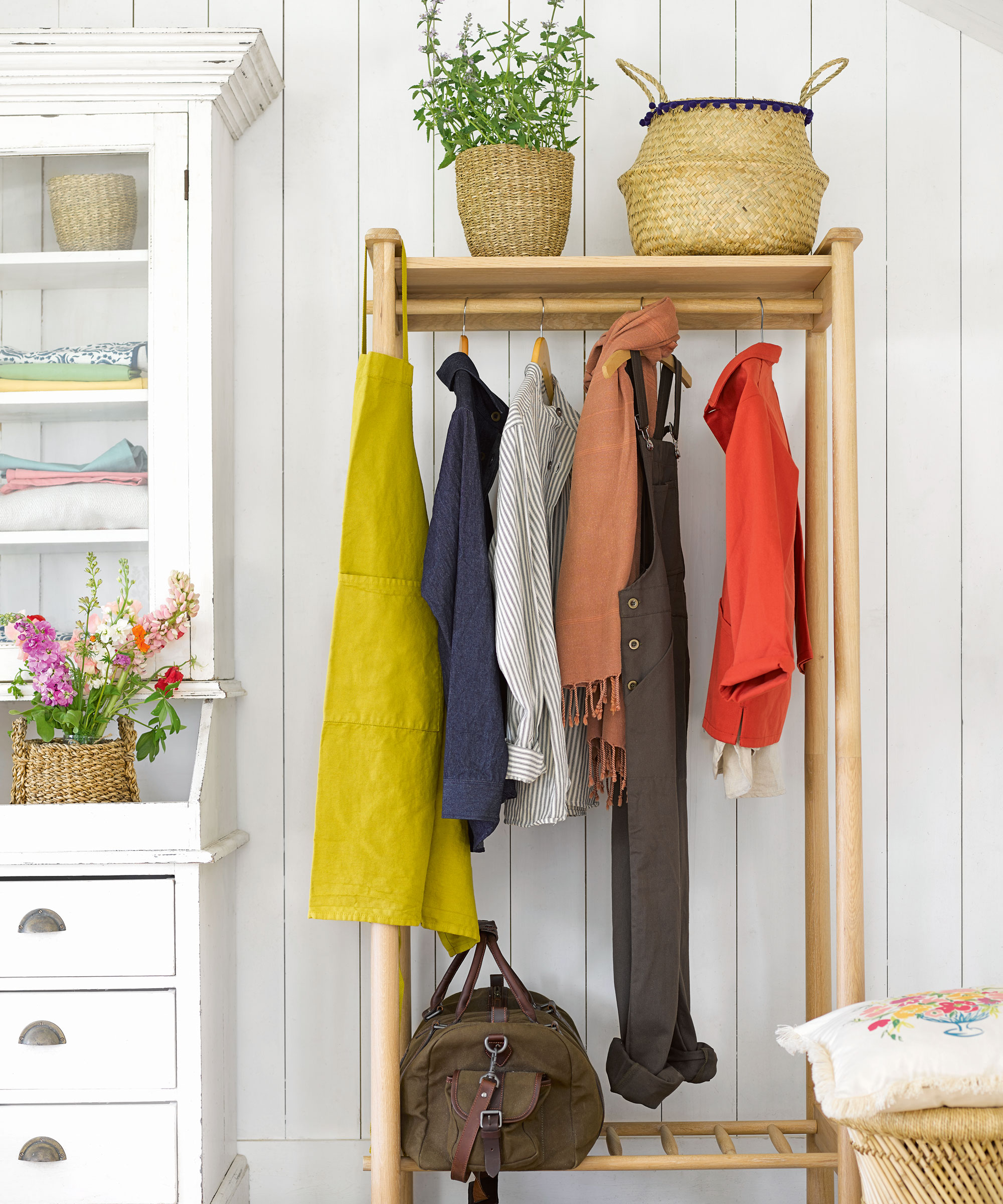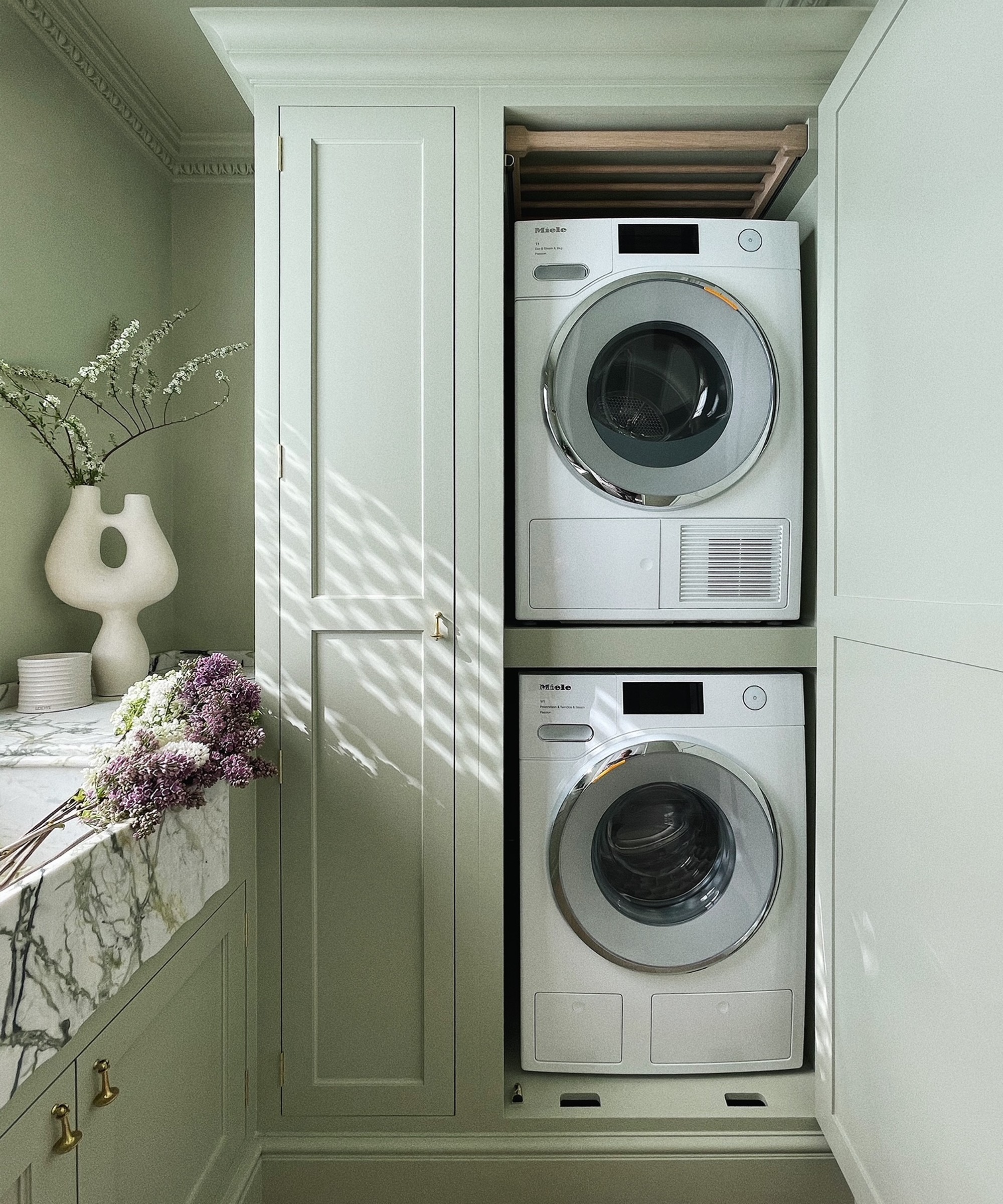
The immediate stress that comes from staining your favorite clothes, carpet or furniture can be a scary thing.
Knowing how to treat individual stains isn't always straightforward, given the various spills and fabrics, but if you follow a few simple rules, you can make sure you get it right each time.
There are dedicated stain removers out there for pretty much anything these days, as well as the best DIY cleaning solutions that you can make at home. So if you know what to do as soon as something stains, you'll be able to respond quickly each time.
The golden rules of stain removal
We spoke to cleaning experts to find out exactly how to approach stain removal, to get it right every time.
1. Act quickly

It’s always best to treat a stain as soon as possible to minimize damage to the fabric. Acting quickly reduces the chance of the stain spreading or setting into the fibers. Once a stain has dried, it can penetrate deeper, making it harder to remove and increasing the likelihood that it becomes permanent.
So, as soon as you see the stain, assess the best cleaning method and act quickly. If you're out and about, keeping a Tide stain removal pen in your purse will make it easy to treat the stain quickly.
2. Never rub or scrub
Rubbing or scrubbing can push the stain deeper into the fibers of the fabric and can sometimes spread the stain into a larger area. To avoid this, always dab or blot stains in fabrics.
Design expertise in your inbox – from inspiring decorating ideas and beautiful celebrity homes to practical gardening advice and shopping round-ups.
According to Rhonda Wilson, quality lead cleaner at FreshSpace Cleaning, the first thing you should do is 'dab the stain with a clean cloth or paper towel, allowing you to absorb the liquid without pushing it deeper into the fibers.'
However, Sarah explains that 'some semi-solid substances such as food spills will need to be wiped up before you can tackle the stain they leave behind.' When doing this, make sure the wiping is gentle.
And of course, this doesn't apply to kitchen worktop stains. Rubbing with a sponge or damp cloth is generally fine to remove common stains from every type of kitchen countertop.
3. Not every stain is the same

Different substances stain in different ways. Oils, coffee, red wine, and food all affect fabrics in their own ways - so there really isn't a one-size-fits-all when it comes to knowing the best move. Luckily, we have expert guides to keep you covered:
- How to remove coffee stains
- How to remove red wine stains
- How to get rid of chocolate stains
- How to get oil stains out of clothes
- Best way to get mud out of carpet
- How cleaning experts get rid of turmeric stains
Ideally, you'll want to find the right stain remover for each type of stain. Tomato sauce, for example, has an acidic nature. So, using a cleaning solution that affects the pH of the tomato sauce is the most effective way to treat the stain.
Other food stains like grease and oils should be tackled with their own dedicated cleaners. The Carbona Liquid Stain Devil Food Clean Up Combo Set at Amazon is a good place to start, keeping you covered for a variety of kitchen-related stains.
You can always make your own stain removal solutions, too. Blood stains can be treated with salt and cold water, for example. Still, professional products are often designed to maximize cleaning while minimizing fabric damage (and allow you to treat the stain more quickly).
4. Get the water and solution right

Unless you're dealing with grease, hot water is rarely needed to remove stains. In fact, cold or room temperature water is often best, as Alicia Sokolowski, president of AspenClean, explains:
'Cold water is generally preferred for treating stains caused by blood, wine, and other organic materials. Hot water can set these types of stains, making them more challenging to remove. Always use cold water when dealing with protein-based stains,' she advises. Hot water can damage certain fabrics, so it's best to save it for use on hard materials like tiles, glass, and metal.
'Water is not always necessary for cleaning stains, especially when using dry methods like baking soda or salt to absorb liquids or powders to lift stains,' Alicia adds.
You should never use water when it comes to oil-based stains like mayo or butter because it can set the stain. Instead, use methylated spirits and spot clean with paper towels. Or, better yet, a specific grease and oil remover like the Shout Advanced Grease Busting Foam at Amazon.
Many washable fabrics can be treated with dish soap and then washed using a bio-washing detergent, but for better results, pre-treat with a stain remover and then wash. You can also remove stains with glycerin.
More delicate fabrics like silk and wool should be treated with a more sensitive solution, like the Puracy Stain Remover at Amazon, and then machine-washed on a delicate cycle (it's always handy to know your laundry symbols).
You can also pop a pre-rinse cycle on to soften stains and allow for cleaner water in the main cycle.
5. Use the right materials
As a rule: blot liquids with absorbent paper, but gently scrape away any solids with a blunt knife first.
Jennie Holmes, cleaning expert from ServiceClean Master, recommends using lint-free cloths, like this set from Furniture Clinic at Amazon.
'Lint-free cloths will not transfer anything like bobbles or dye to the stain,' she explains, adding that 'kitchen towels are great for blotting stains as soon as they happen.'
Sarah Sempsey confirms this, adding that 'cellulose sponges can also be used to great effect for blotting or dabbing stains.'
While microfibre cloths can be highly absorbent, you run the risk of color transfer. So, as long as your chosen material is soft, absorbent, and free from the risk of color and lint transfer - it should be safe to use on stains.
6. Read the instructions
Above all else, read the instructions of any stain remover before using it. Some may have specific directions, amounts and applications to consider, and you may even be better off wearing gloves for some of the harsher solutions.
If you're ever unsure, you can test stain removers on hidden areas of the fabric to check fabric for colorfastness before applying them to the actual stain.
And if you have any specifically dry-clean clothes, take them to the dry cleaners. If you explain, they'll know how to treat it. It's always safer than trying to do it yourself!
Stain removal can be a tricky thing, particularly with all the many fabrics, stains and cleaners out there. But having a strong set of stain removers in your essential cleaning toolkit will make things easier, quicker and less stressful (and it doesn't hurt to know how to organize your cleaning supplies, either).
Next, learn how you can use oxygen bleach to clean stains.

Dan is the Home Tech Editor for Homes & Gardens, covering all things cleaning, sound, smart home, and air treatment across the Solved section.
Having worked for Future PLC since July 2023, Dan was previously the Features Editor for Top Ten Reviews and looked after the wide variety of home and outdoor content across the site, but their writing about homes, gardens, tech and products started back in 2021 on brands like BBC Science Focus, YourHomeStyle and Gardens Illustrated.
They have spent more than 400 hours testing and reviewing vacuums, soundbars and air purifiers for Homes & Gardens.
Dan has a BA in Philosophy and an MA in Magazine Journalism. Outside of work, you'll find them at gigs and art galleries, cycling somewhere scenic, or cooking up something good in the kitchen.
